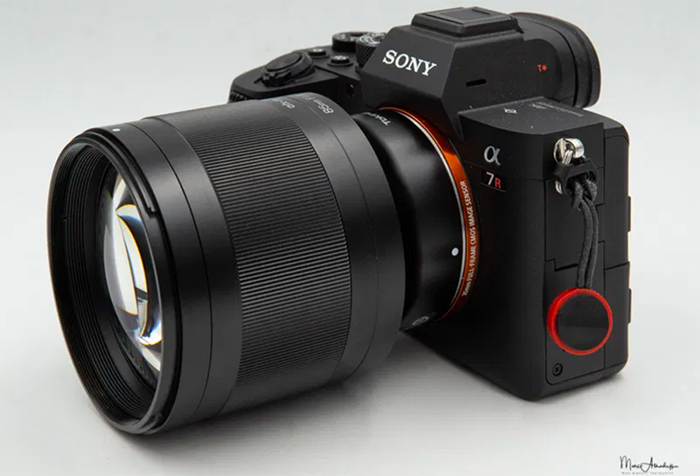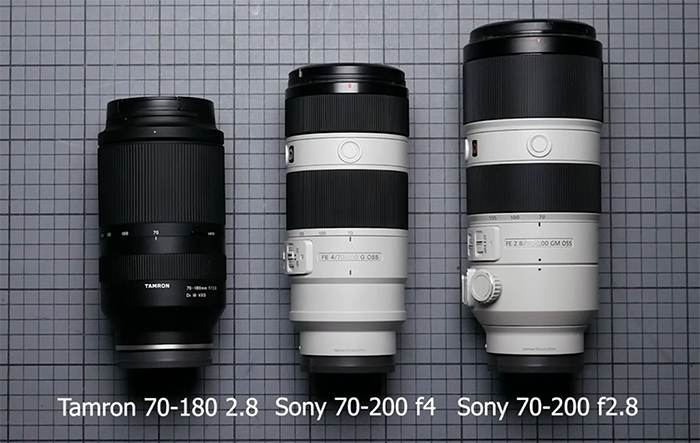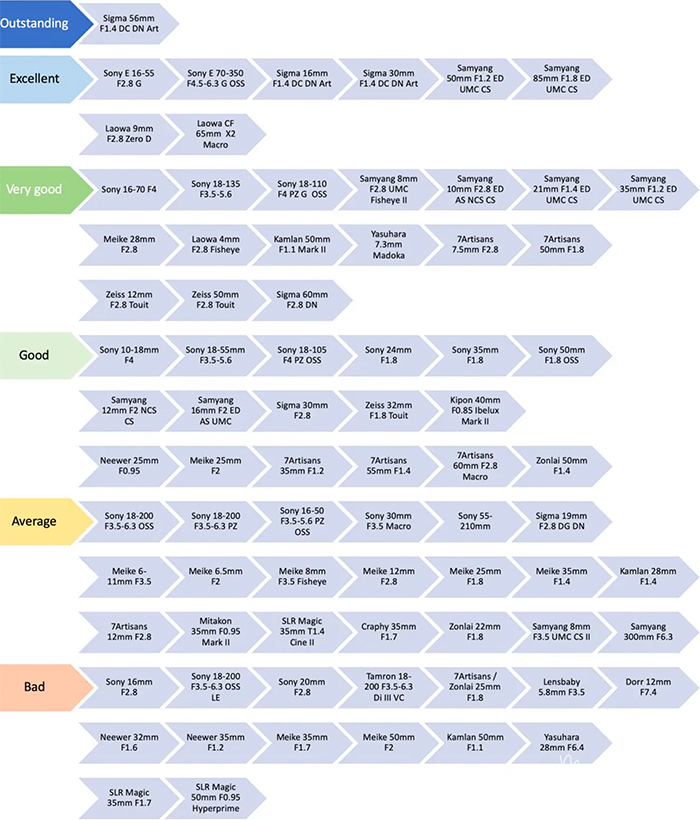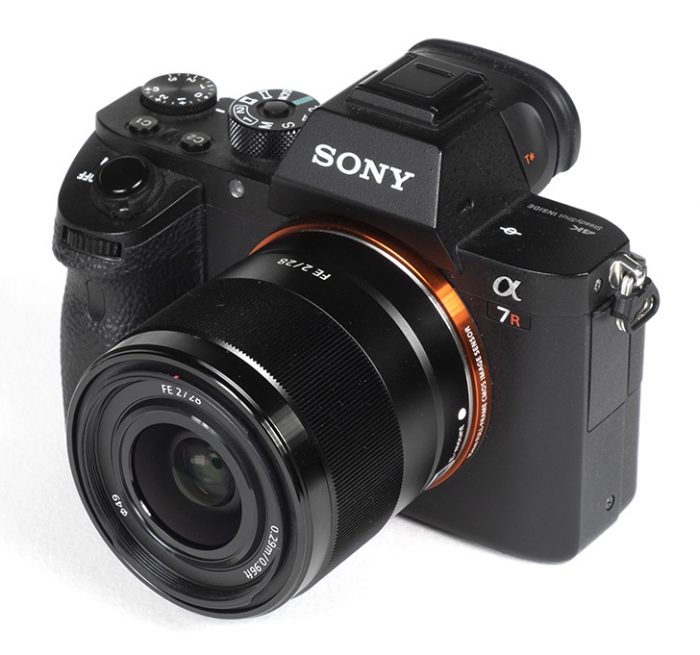Full English review of the new Tamron 70-180mm f/2.8 FE lens!
Krolop&Gerst jus posted the worlds first ENGLISH review of the new Tamron 70-180mm f/2.8 FE lens. It really looks like this lens can compete with the Sony 70-200mm GM for half the price!
Krolop&Gerst jus posted the worlds first ENGLISH review of the new Tamron 70-180mm f/2.8 FE lens. It really looks like this lens can compete with the Sony 70-200mm GM for half the price!

Marc Alhadeff from SonyAlpha.Blog tested the new Tokina 85mm f/1.8 FE lens. he had previously tested the Viltrox 85mm f/1.8 FE and can confirm it appears to be exactly the same lens:
As a copy of the Viltrox 85mm F1.8 PFU RMBH STM , it gives basically same results but at a much higher price
So unless you prefer the different look of the Tokina I would suggets you save some bucks and get the Viltrox instead:
Tokina 85mm f/1.8 FE at BHphoto, Adorama, Amazon DE, Amazon UK, Amazon FR, Amazon IT, Amazon ES.
Viltrox 85mm f/1.8 FE at BHphoto, Adorama, Amazon, Amazon DE.
Well let’s get straight to th best news: The Sony A7III was the worse performing camera of the bunch because of “the amount of noise is unbelievable, it’s last in all categories and might not even be fixable in post”
The list of camera from best to worse:
Let’s hope the future Sony A7IV will be dramatically improved on the audio front too!

The German youtuber Krolop&Gerst posted the worlds first review of the new Tamron 70-180mm f/2.8 FE lens. The most important news first: Tamron told them the price will be “around 1.200 Euros” which is less than half the price of the Sony 70-200mm GM. Moreover the Tamron weights 815g only compared to the 1480g from the Sony.
The reviewers say that the Sony lens has those advantages:
– The Sony lens feels more solid
– The Sony has a tripod mount
– The Sony has internal focusing
– The Sony has in lens stabilization
– The Sony has more buttons
– The Sony has more reach 200mm vs 180mm
– Better flair resistanceThe Tamron advantages:
– The Tamron is sharped in the corners
– The Tamron seems to have a better light transmission (1/3 stop faster in terms of real world t-stop)
– It focuses close 85cm vs 96cm
– The Tamron is a lot cheaperSAR
– The Tamron is lighter
– The new autofocus system works very fast in both stills and video mode
The reviewers conclusion is that the Tamron offers the same (if not a tiny bit better) optical performance than the Sony. Ad unless you need those Sony extras like extra 20mm reach, buttons and so forth the Tamron is definitely the best choice.
Skylum launched the new free Luminar 4.2 update ($10 discount with our code “SAR”). The biggest new feature is the Augmented AI feature. Here is how it works:
You save $10 on the new Luminar 4.2 using our coupon code “SAR” at checkout!

Marc Alhadeff listed the sharpest lenses for the A6xxx APS-C camera series. It’s interesting to see that the only “outstanding” lens is the Sigma 56mm f/1.4 E lens which is also among the cheapest to buy (Check price at BHphoto, Adorama, Amazon. Amazon DE, Amazon UK, Amazon FR, Amazon IT, Amazon ES)
A couple of important notes from Marc:

Opticallimits tested he Sony FE 28mm f/2 and concluded:
The Sony FE 28mm f/2 may be a prime lens but it’s quite obvious that Sony had (or wanted) to cut a couple of corners in order to save costs. The resolution characteristic isn’t overly harmonious to say the least. The lens may be sharp at medium aperture settings but has a substantial border/corner weakness at f/2 and f/2.8. Of course, you may argue that this isn’t really overly important for shallow depth-of-field photography but it’s hardly impressive for a prime lens in any case. If you operate the camera with activated image auto-correction, you won’t notice drastic weaknesses beyond this. However, both the original image distortions as well as vignetting are on the high side. Lateral CAs aren’t all that hot either for a contemporary lens. The quality of the bokeh is one of the better aspects. The rendition of out-of-focus highlights is a little rough but the general blur is very smooth.The lens may not feel like much due to its low weight but objectively there isn’t anything to complain about the build quality. An all-metal body and a smooth focusing ring are good base ingredients and adding a constant length as well as the dust- and moisture-sealing makes it a very decent package. The AF is also reasonably fast and, typical for most Sony lenses, noiseless. Sony skipped the implementation of an optical image stabilizer but this would have been unusual in this lens class anyway.The reason for the existence of a prime lens should be that it offers something “more” over a zoom lens its focal length class. In the case of the Sony FE 28mm f/2, it’s about an extra stop or two of speed. The question is whether this alone can be a reason for buying the lens …